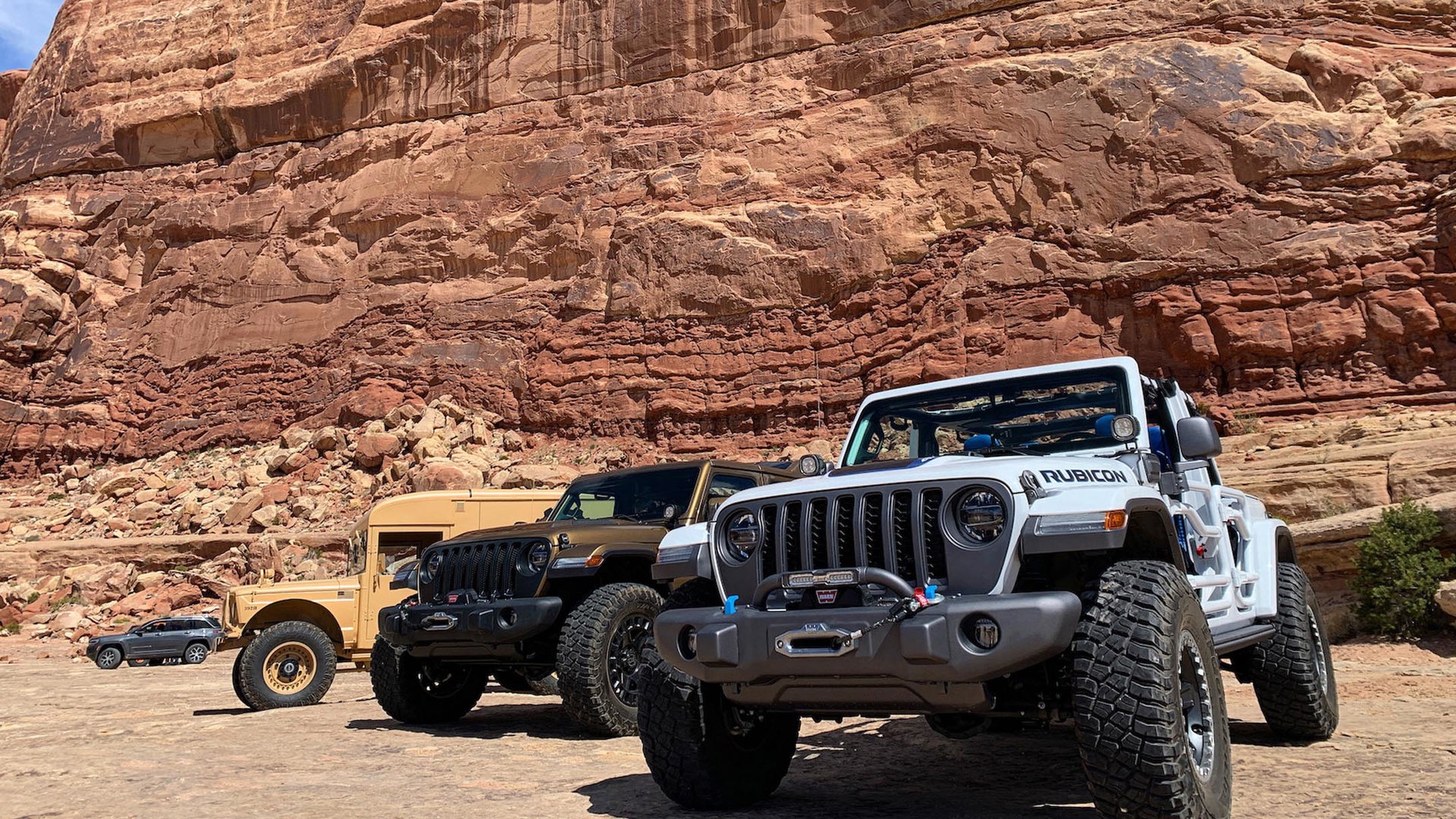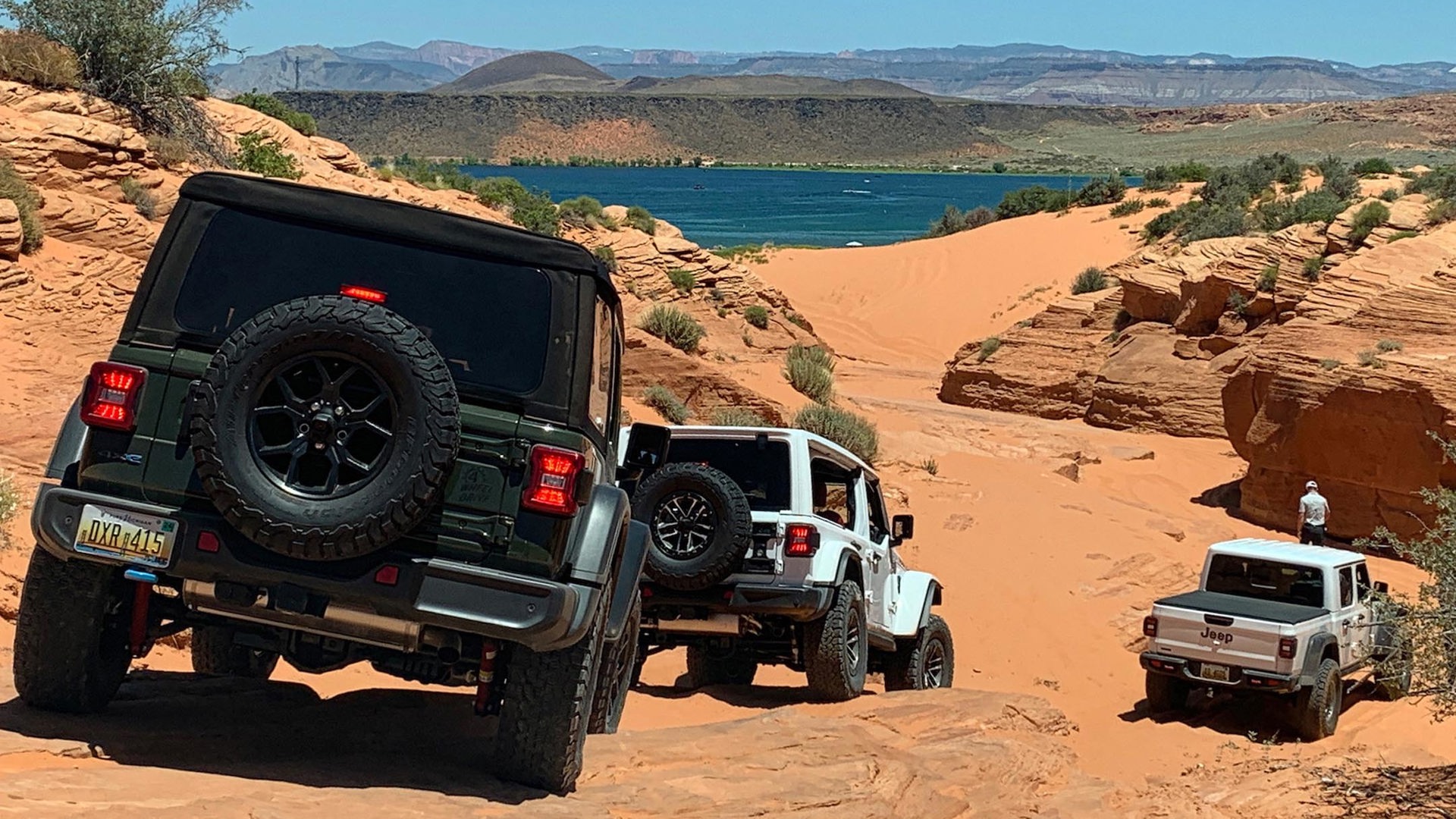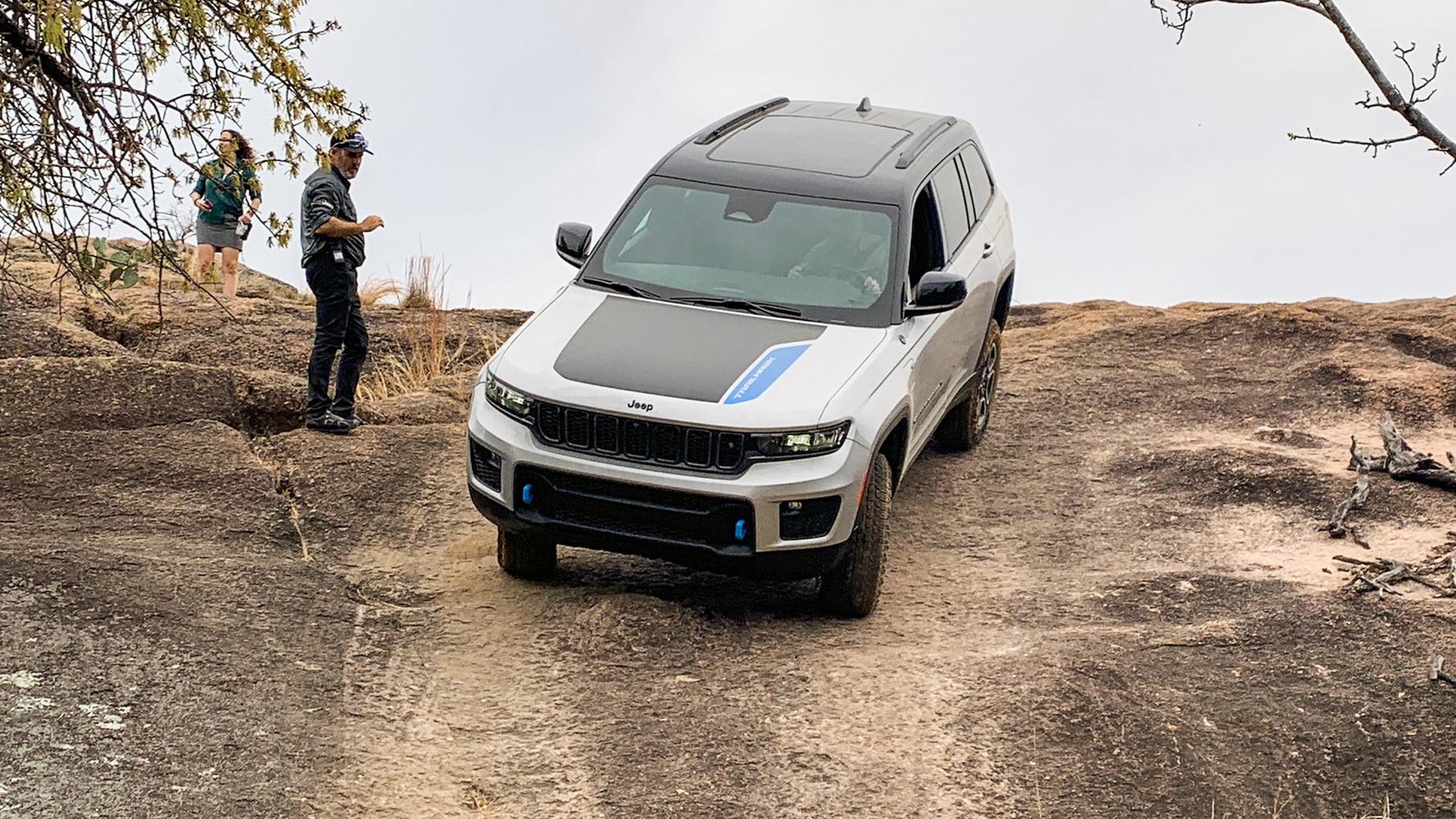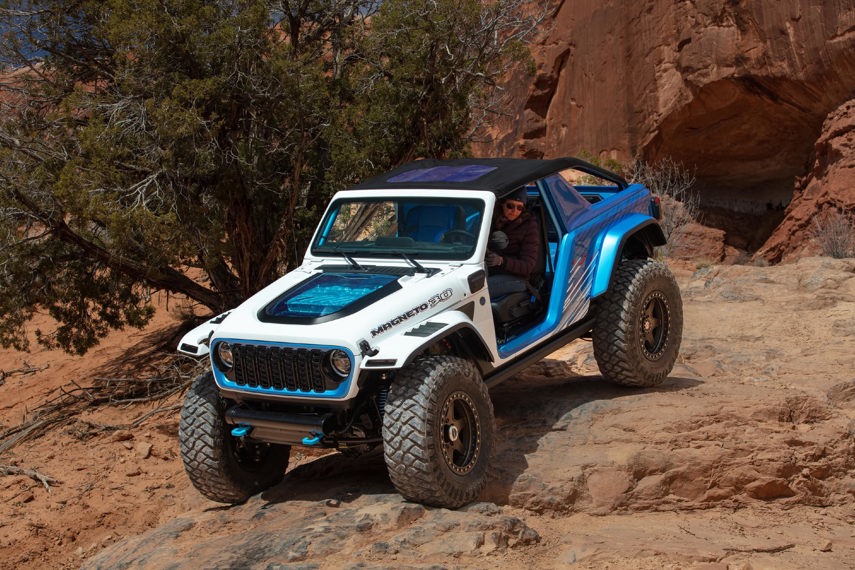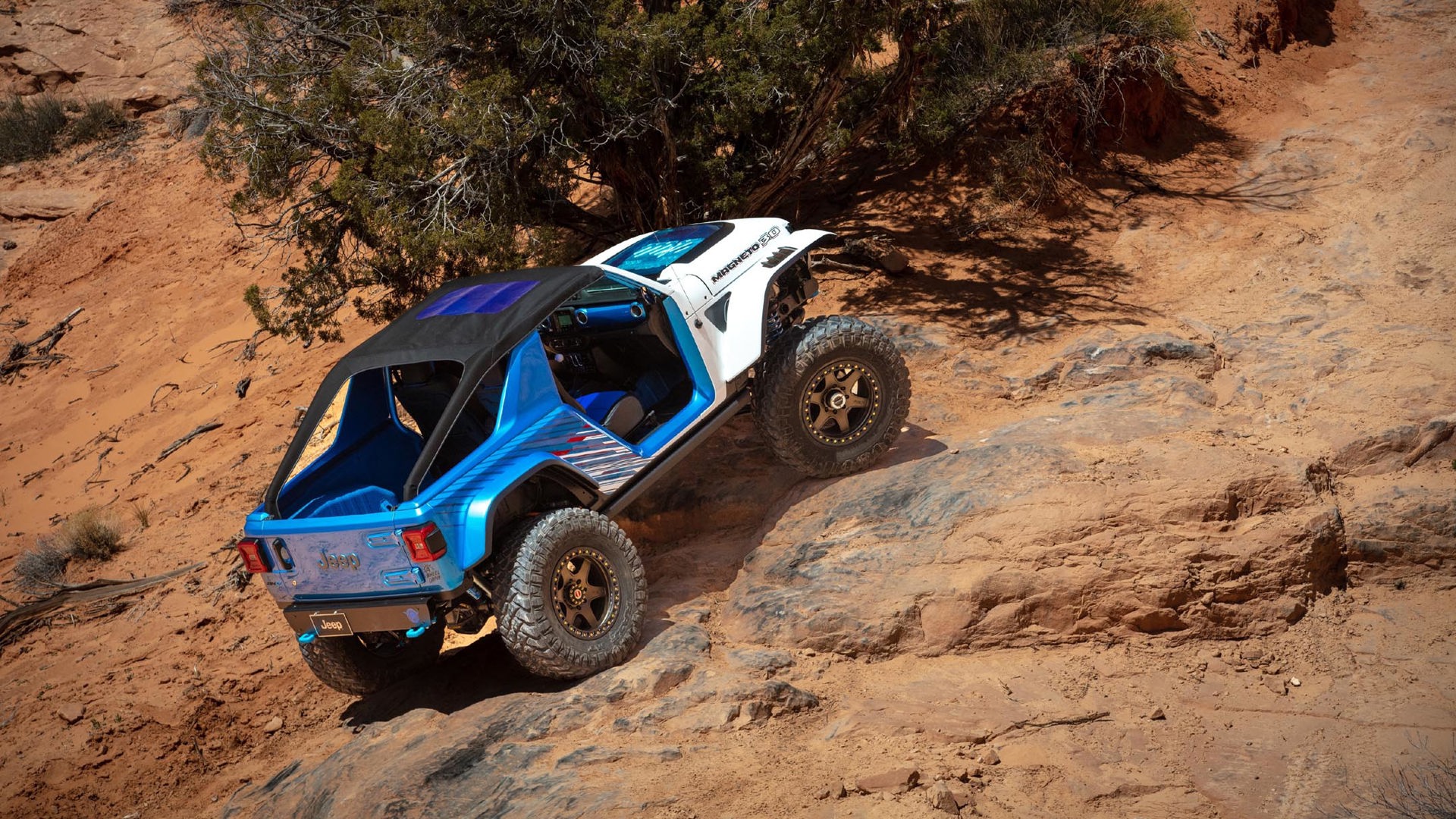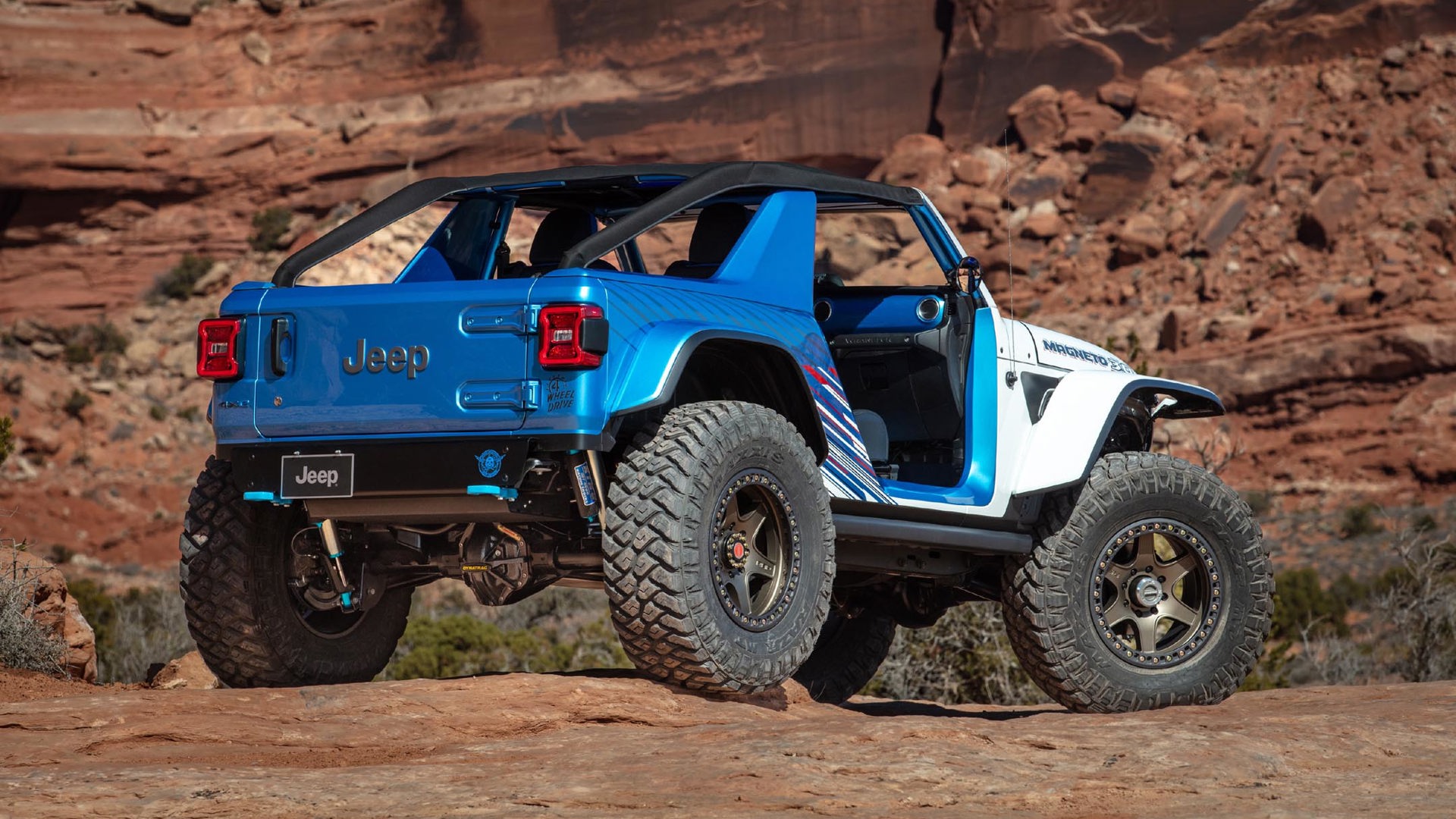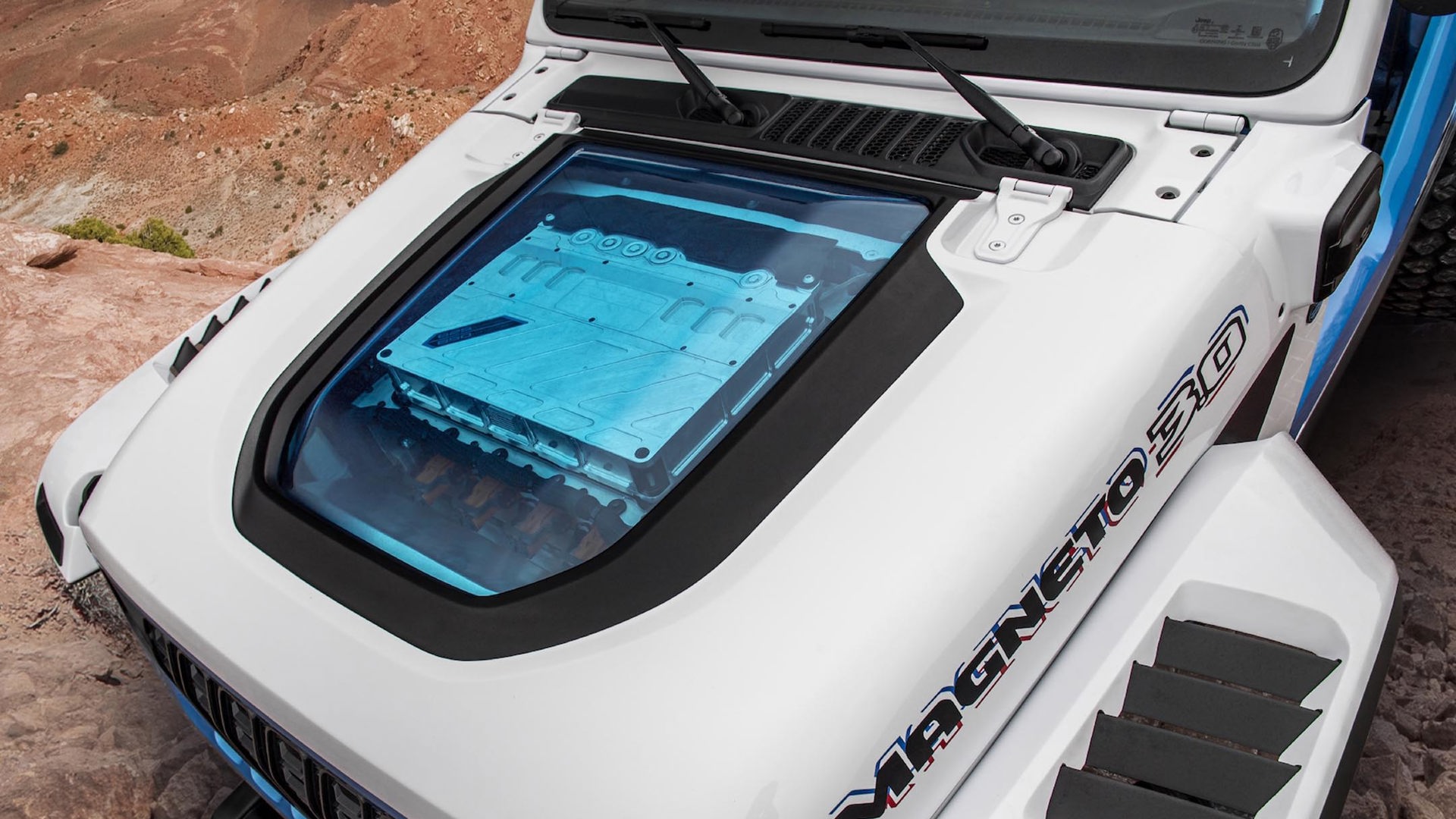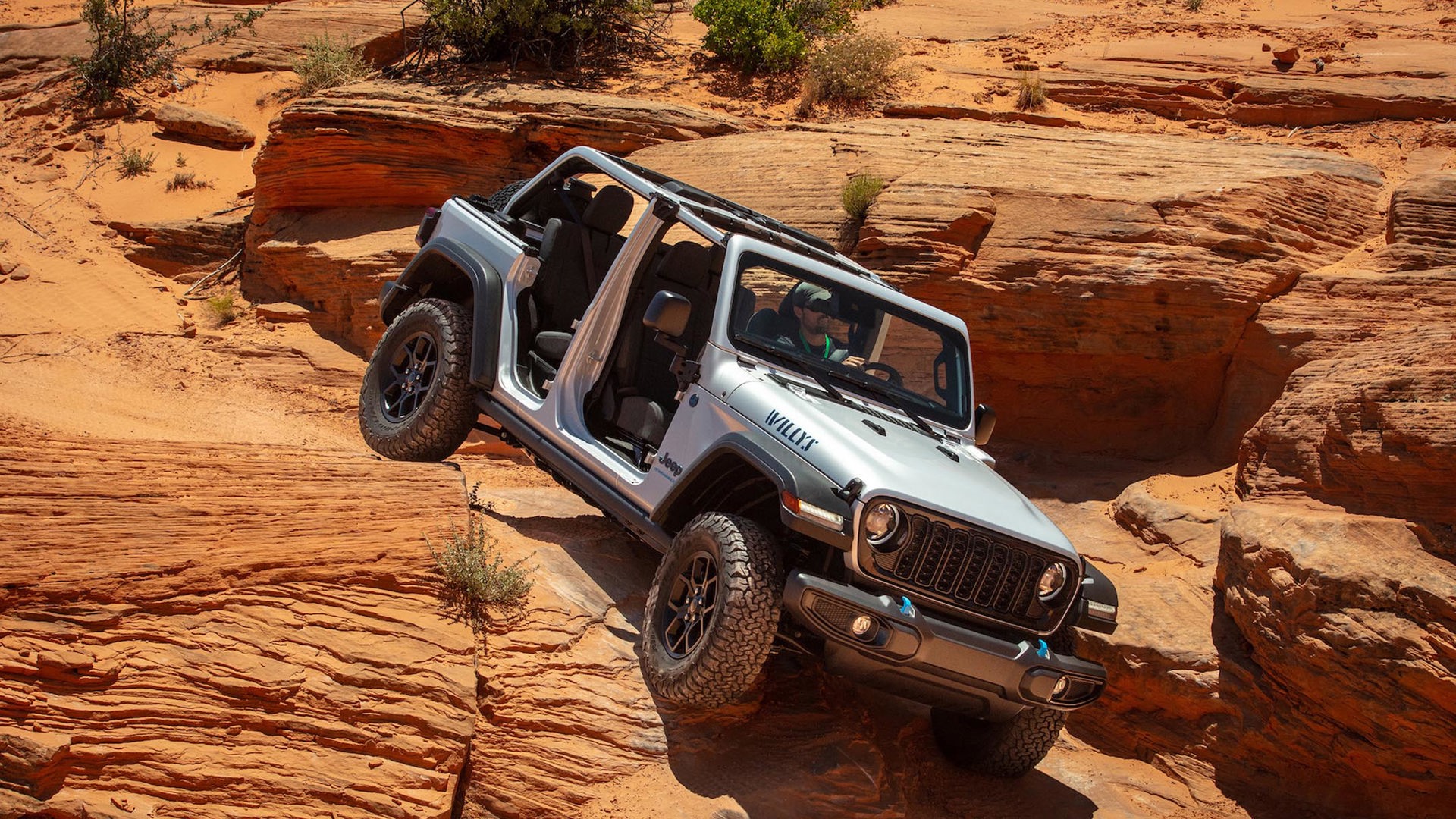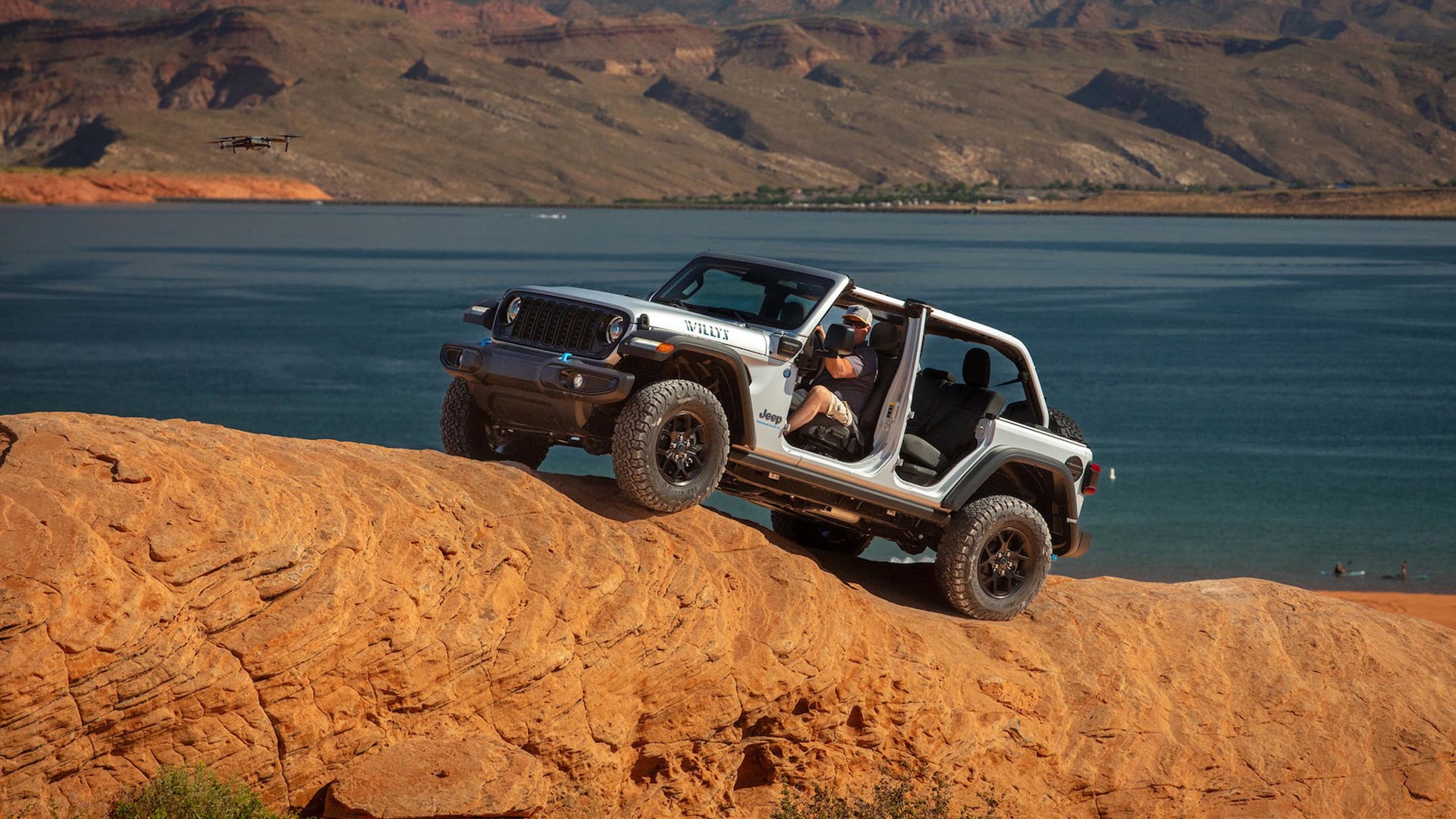Debates about electric vehicles and their suitability in various situations have been raging for years and are not likely to be resolved anytime soon. One group of zealots will shout from the rooftops that EVs are the way forward and the best things since sliced bread, while the other side insists these things can barely crawl their way out of a parking lot before running out of juice.
The truth, of course, is somewhere in the middle. There are indeed challenges around public charging infrastructure, questions about resource management, and arguments about initial cost – but EVs also aren’t the grid-felling mobility disasters destined to line our streets like discarded chip bags in the way some folks make them out to be. More than a few manufacturers are dipping their toes (tires?) into the plug-in hybrid game, instilling some of their vehicles with a battery big enough to permit a skiff of all-electric motoring but also retaining a gasoline-powered engine.

Currently (pun intended), one of the best at this alternative form of propulsion is Jeep. Surprised? It’s understandable. Jeep is a brand that’s built a very profitable empire on the backs of SUVs capable of leaping tall mountains in a single bound, to say nothing of its dalliance in rip-snorting V8 4x4s with the exhaust bellow of an angry animal. Knowing it has parlayed electrification into off-road guts is akin to learning someone has weaponized a wind farm.
Jeep applies the “4xe” badge to its plug-in hybrid offerings, choosing to do so on a pair of models known for their off-road prowess: the Wrangler and Grand Cherokee. So equipped, each is capable of being driven up to 35 kilometres solely on electricity on a full battery when conditions are right, meaning it is possible to create a very unique experience out on the trail.
In the past few weeks, we’ve had the good fortune of climbing behind the wheel of two Wrangler 4xe models: a Willys-trimmed variant from the 2023 model year plus a new 2024 Rubicon, complete with fresh interior updates. Our boots on the ground ably covered that news here, so we’ll spare squaring the details a second time. Suffice to say that Jeep has listened to customer feedback – and been pushed ahead by competition from Ford – but the success of its plug-in hybrid powertrain means it carries forward unchanged.
Is it Better to Off-Road on EV or Gas Power?
![]()
An observation made on the red rocks of Sand Hollow Park in Utah in a 2024 Wrangler 4xe was that it was sometimes advantageous to select all-electric or all-gasoline propulsion instead of leaving the Wrangler to select what mode it thought was best. This fuel-saving behaviour by the 4xe is welcome and nigh invisible on the street, but on the trail, it tended to change the SUV’s throttle response either unexpectedly or at the worst possible time. A key component to successful off-road wheeling is the driver’s ability to be smooth with steering input and power delivery; suddenly lighting the internal combustion fires when trying to negotiate a rocky obstacle was unhelpful. With this machine, Jeep makes it easy to choose-you-own-adventure: Pushing the “e-save” button keeps the gasoline engine running, thumbing the “electric” button does the opposite.
Last year, this author had a chance to test drive an all-electric prototype from the brand whilst attending the Easter Jeep Safari in Moab. Called the Magneto, it used a Wrangler as its base and served as a rolling lab for engineers to experiment with and dial in EV power delivery in off-road situations. Sure, its powertrain – a mash of lithium-ion battery packs, electric motors, traditional 4x4 transfer case, and the manual transmission out of a Hellcat – has precisely zero chance of making production exactly as configured, but that wasn’t the point. Jeep wanted to show us the distinctive characteristics of silent off-roading (plus demonstrate their willingness to embrace change) and in that, it succeeded.
Off-roading in the electric Magneto prototype and Wrangler 4xe locked in “e-save” mode were glimpses into an all-electric future. Easily heard tire chips on rocky escarpments, a noise generally shrouded by internal combustion racket, helped me place the SUV’s wheels where they needed to be for a successful climb. Silent off-roading permitted us to hear every crunch of stone and squeak of chassis, auditory clues to the correct driving line, which are left unheeded behind the roar of a gas engine. And this is to say nothing of the ability to clearly hear commands from the experienced spotter walking ahead.
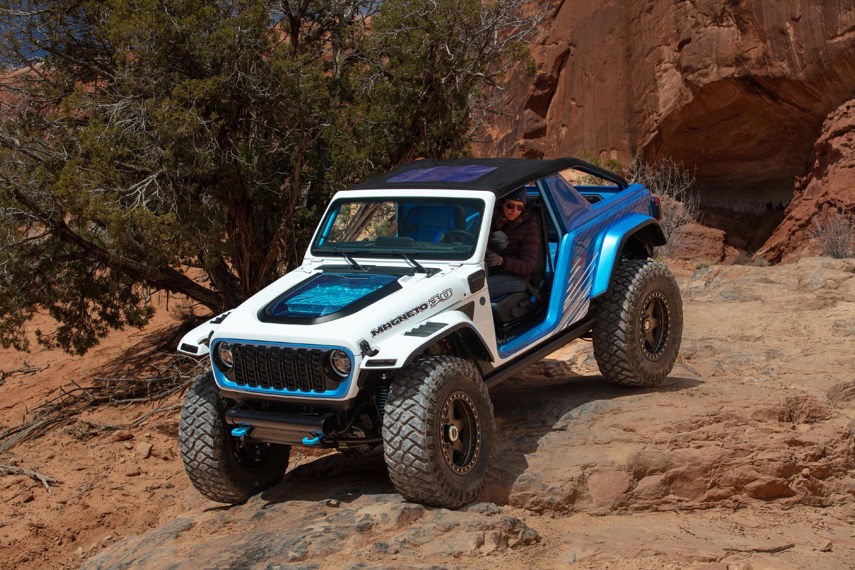
In spite of what the market has seen in EVs to date, it is entirely conceivable that a totally electric Wrangler will have some sort of stepped gear system, either in its transmission or packed in some type of differential. True off-roading, after all, requires the multiplication and precise control of torque (that’s why Jeep puffs its chest at the Wrangler Rubicon’s 100:1 crawl ratio), but the level of ingenuity on display in the performance all-electric arena – the Kia EV6 GT and upcoming Hyundai Ioniq5 N, for example – show us that electric cars need not be boring; in fact, it can bring a whole host of new and entertaining driving sensations.
Even if you have no desire to off-road with an EV, electrified rigs like the 4xe have an ace up their sleeve that will be helpful to campers and overlanders. The accessory arm of Jeep has introduced its so-called PowerBox, a sturdy cube with four household-style power outlet that plugs into the 4xe’s charging port. So configured, it can act as a generator providing up to 3.6 kW of juice, more than enough for the basics of camping and then some. When the Jeep’s 17.3-kWh battery gets low, the system can be set to automatically start the gasoline-powered engine, refilling the battery and keeping the electricity flowing.
If this is the future, sign us up.
